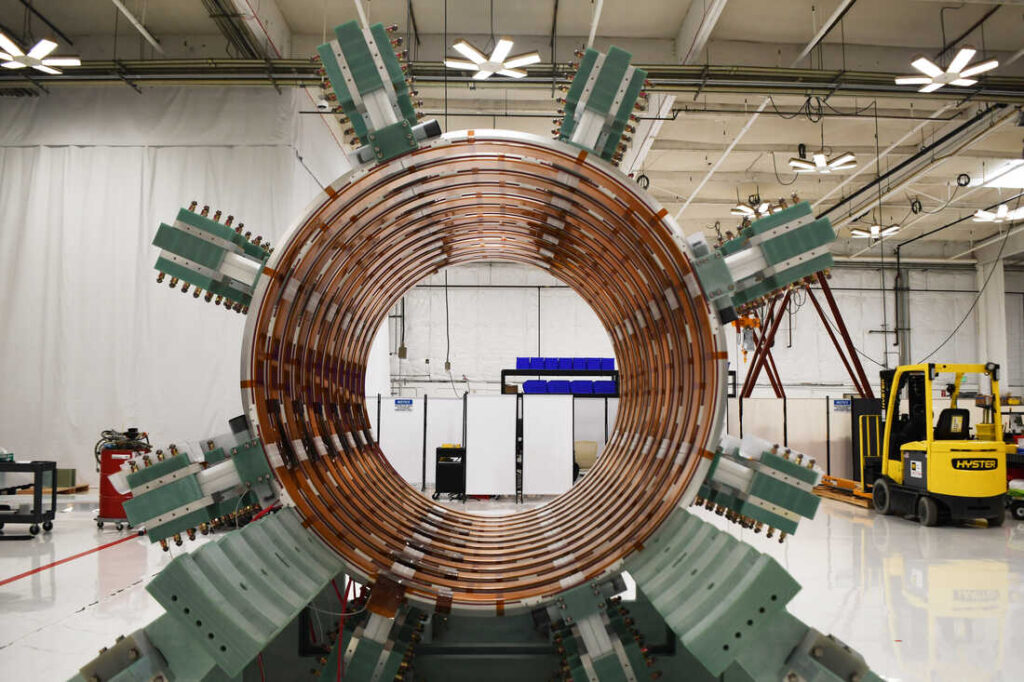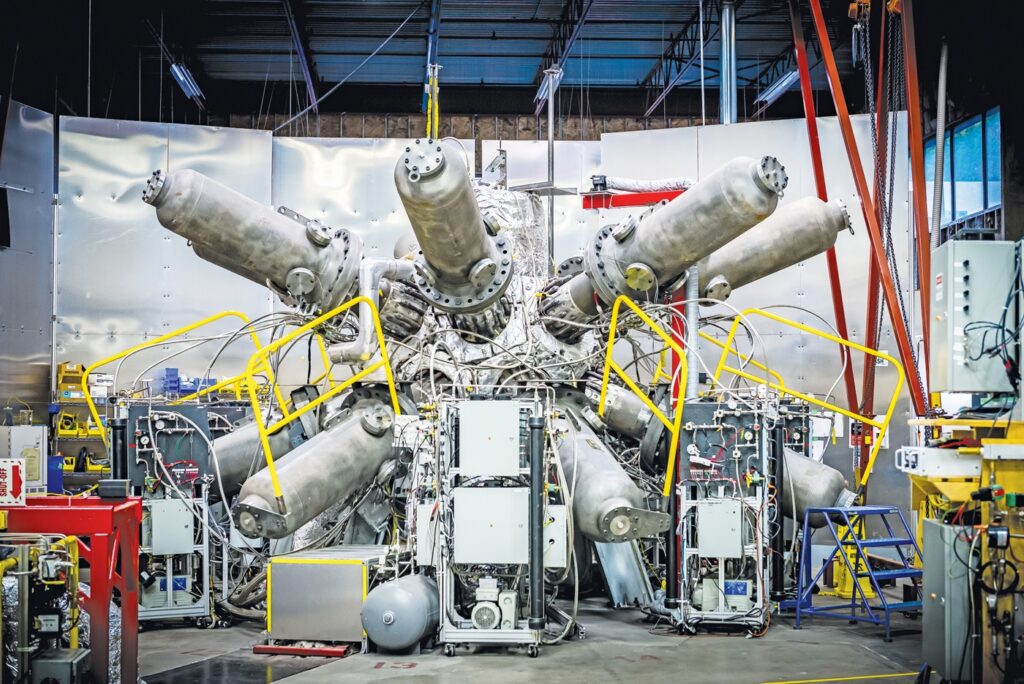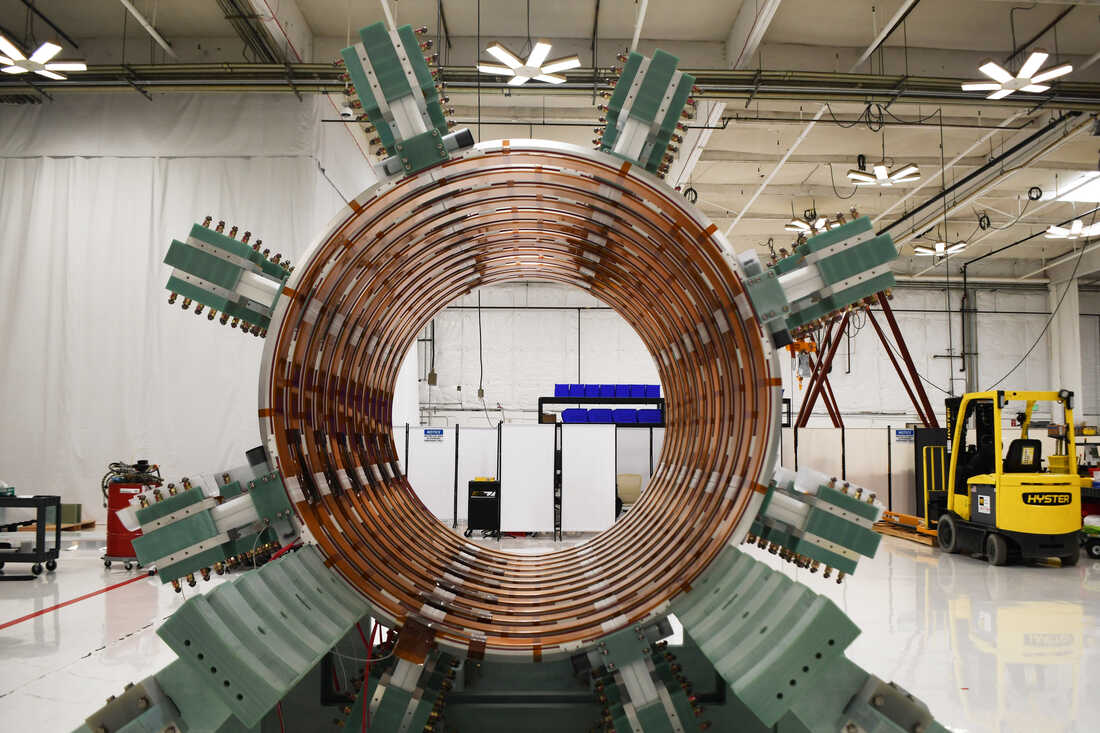History of Fusion Research
The quest for harnessing fusion power began in the early 20th century, inspired by the understanding of how stars generate energy. In 1920, British physicist Francis William Aston discovered the mass defect in hydrogen atoms, hinting at the potential energy release from fusion processes. The first direct demonstration of fusion in the laboratory was achieved by Mark Oliphant in 1934, who used an updated version of Rutherford’s equipment to fuse deuterium into helium.

By the 1950s, researchers were actively exploring ways to replicate nuclear fusion on Earth. Soviet scientists Andrei Sakharov and Igor Tamm proposed the tokamak design, while Lyman Spitzer conceptualized the stellarator. The 1970s saw the beginning of international collaboration with the design work on the Joint European Torus (JET) and the initial plans for the International Thermonuclear Experimental Reactor (ITER).

Current Challenges
Despite significant progress, achieving practical fusion power remains elusive due to several challenges. One major engineering hurdle is developing materials that can withstand the extreme conditions inside a fusion reactor for extended periods. The physics of plasmas also presents difficulties, as maintaining the necessary conditions for fusion requires precise control. Additionally, the National Ignition Facility’s recent achievement of “breakeven” using inertial confinement fusion is a significant milestone, but it does not yet translate to a sustainable power source.
Potential Benefits
Fusion power offers numerous advantages, including abundant energy, sustainability, no long-lived radioactive waste, and safety. It could provide a large-scale, carbon-free energy source, addressing the growing demand for electricity without contributing to climate change. Fusion fuel, derived from deuterium and tritium, is plentiful and can be extracted from water and the Earth’s crust, potentially lasting for millions of years.
Future Prospects
The future of fusion power is uncertain, with estimates for commercial viability ranging from a few decades to over a century. However, the potential benefits continue to drive research and development. ITER, despite its challenges, remains a significant international effort to demonstrate the feasibility of fusion energy. Private companies and research institutions are also exploring novel technologies and reactor designs that could make fusion more practical and cost-effective.

In conclusion, while the timeline for achieving sustainable fusion power is still unclear, the pursuit of this clean and abundant energy source is justified by its potential to revolutionize our energy systems and mitigate environmental impacts. The ongoing research and international collaboration are critical to overcoming the current challenges and realizing the promise of fusion power.


